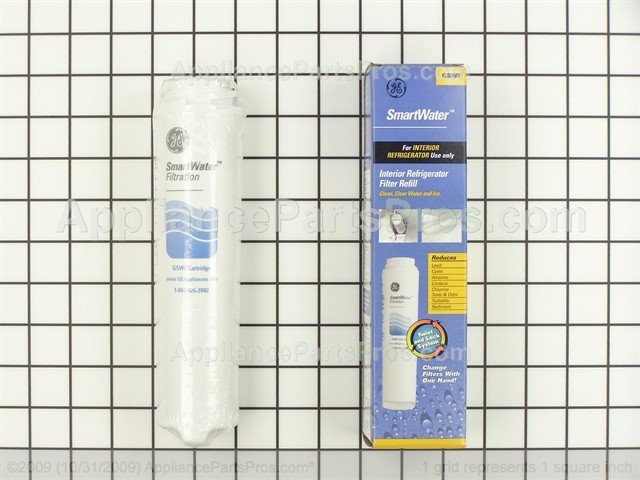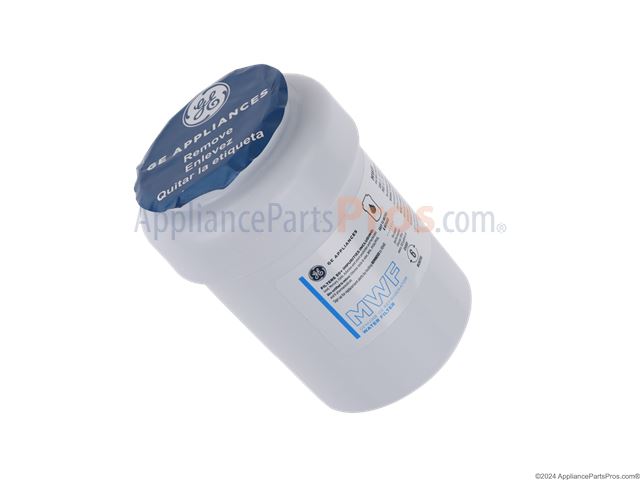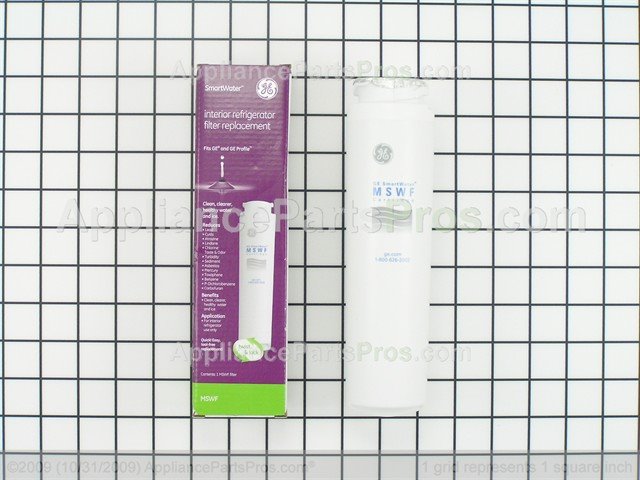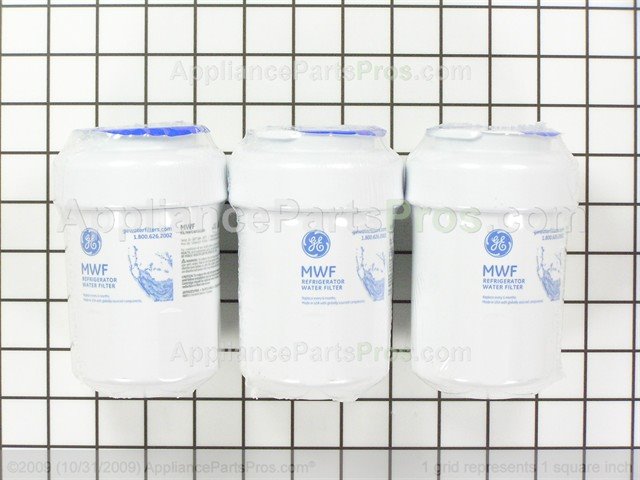Samsung top-load washer error codes:
Reference Model: None
These error code explanations can help you diagnose a problem with your Samsung top-load washer.
Samsung washer codes appear in the digital display of the control panel when the electronic control detects a component failure. Use the chart below to perform Samsung top-load washer troubleshooting and get your washing machine working again.
| Code | Meaning | Possible Cause | Possible Parts |
| 1E | Water level sensor failure | Unplug the washer and check the wire harness between the water level sensor and the main control board. Reconnect any loose wires or replace the wire harness if damaged. If you find no wiring problems, replace the water level sensor. | Water level sensor, wire harness |
| 3E | Drive motor or hall sensor (tachometer) error | Unplug the washer and check the wire harness between the drive motor and the electronic control board. Reconnect any loose wires or replace the wire harness if damaged. If you find no wiring problems, replace the hall sensor. If the problem continues, replace the drive motor | Hall sensor (tachometer), drive motor |
| nF or nF1 | Water supply error | Make sure that the water supply faucets behind the washer are fully open. Check for frozen water fill lines in the winter. Unplug the washer, shut off the water supply faucets and disconnect the fill hoses from the back of the washer to check for proper water flow. If water flow through the hoses is inadequate, have a plumber repair the water supply to the faucets. If water flows okay, check the inlet screens on the water inlet valve assembly. If the screens are clogged, replace the water inlet valve assembly rather than cleaning the screens. Cleaning could allow debris to enter the valves, resulting in the valves sticking open and causing a flood. Check the drain hose for proper installation. An improperly installed drain hose causes fill water to siphon out through the washer drain. If you find no problems with the water supply or drain hoses and you haven't already replaced the water inlet valve assembly, do so now | Water inlet valve assembly |
| nD | Won't drain | Check your house's washer drain and the washer's drain hose for clogs and clear any clogs found. Unplug the washer and check the drain pump for a clog. Clear the large item filter in the drain pump. If the drain pump doesn't drain the water when activated, replace it | Drain pump |
| AE | Communication error between the main electronic control board and the display control in the control panel | Unplug the washer and check the wire harness connections between the main electronic control board and the display control board in the control panel. Reconnect any loose wires or replace the wire harness if damaged. If the wire harness connections are okay, replace the display control board. If the problem continues, replace the main electronic control board | Display control board, main electronic control board |
| E2 | Stuck button | A button on the control panel is stuck. Try to free the button. Press down directly on top of all keys on the control panel. If that doesn't free the stuck key, press down slightly off-center on all keys. If you can't free the button, replace the display control board | Display control board |
| DS, FL or LO | Lid lock/switch failure | The control detects that the washer lid is open while attempting to lock it or that the lid failed to unlock or lock. If the lid won't lock or unlock when closed, unplug the washer and replace the lid lock/switch assembly | Lid lock/switch assembly |
| HE1 | Heating element failure | Unplug the washer and check the wire harness connections between the heating element and the main electronic control board. Reconnect any loose wires or replace the wire harness if damaged. If the wires are okay, measure the resistance of the heating element using a multimeter. You should measure around 12 ohms of resistance through the heating element. If you measure infinite resistance through the heating element, replace it because the infinite resistance reading indicates it's broken. If the heating element and wiring connections are okay, replace the main electronic control board | Heating element, main electronic control board |
| LE | Water leakage | The control detects water level dropping during the wash or rinse portion of the cycle. Unplug the washer and replace the outer tub if it's cracked or damaged. Replace any damaged hoses or components connected to the outer tub. Check the drain hose for proper installation. An improperly installed drain hose causes fill water to siphon out through the washer drain | Outer tub, hoses and components attached to the tub |
| OE | Water overflow | If the washer is overfilled, unplug it to see if it continues to fill while unplugged. If it does, replace the water inlet valve assembly because the inlet water valves aren't shutting off water flow. If the washer isn't overfilled, replace the water level sensor because it isn't accurately detecting water level | Water inlet valve assembly, water level sensor |
| tE1 | Temperature too high or low | Unplug the washer and check the wire harness connections between the temperature sensor and the main electronic control board. Reconnect any loose wires or replace the wire harness if damaged. If the wires are okay, replace the temperature sensor | Temperature sensor |
| dc | Unbalanced load | An unbalanced is detected during the final spin. The basket won't spin over 150 rpm when this code is displayed. Cancel the cycle or let it end. Adjust the load and see if the washer spins properly. If not, inspect the suspension system and replace any defective parts | Suspension system components |
| PE or PE1 | Clutch motor failure | Unplug the washer and check the wire connections between the clutch motor and the main electronic control board. Reconnect any loose wires or replace the wire harness if damaged. If the wires are okay, disconnect the clutch motor wire harness and measure the resistance between terminals 1 and 3. You should measure around 2,000 ohms. If you measure infinite resistance, replace the clutch motor because the infinite resistance reading indicates that it's broken | Clutch motor, wire harness |
| Sud or Sd | Excessive suds | Excessive suds is detected during the cycle. The cycle goes into a suds kill routine by filling the tube with water and then tumbling the clothes. If this routine doesn't eliminate the suds, the control displays the Sd code. Use the right amount of high-efficiency (HE) detergent with future loads | HE detergent |
Related Links













